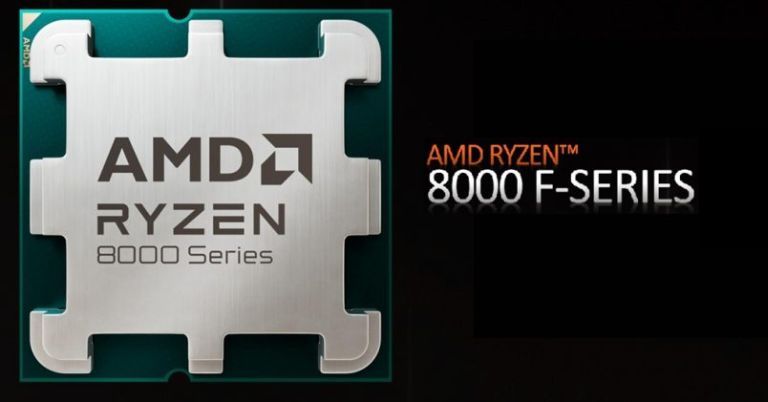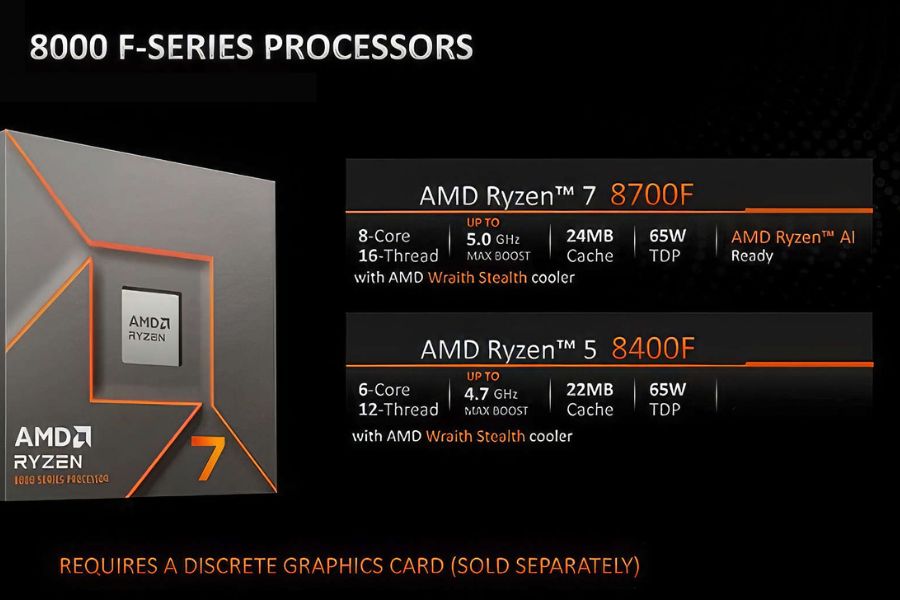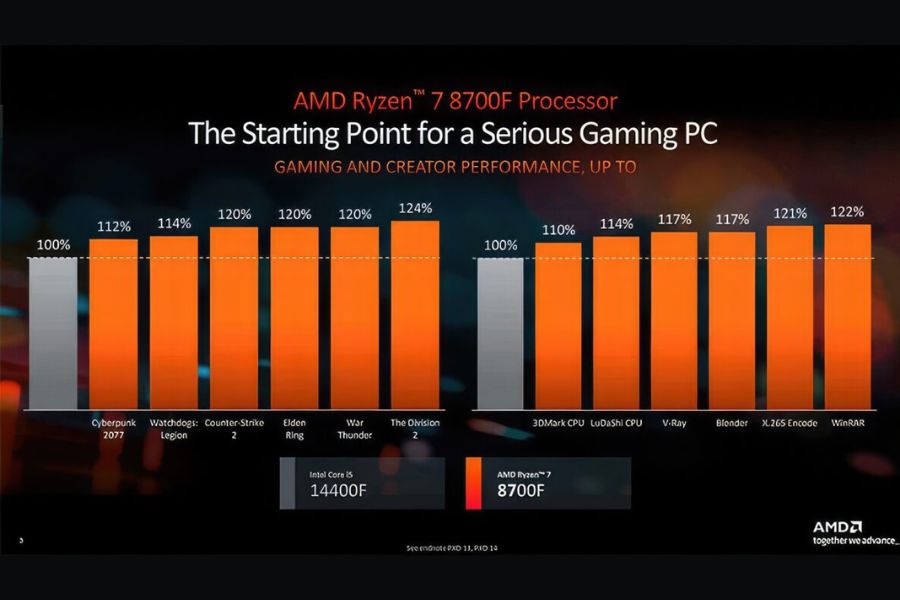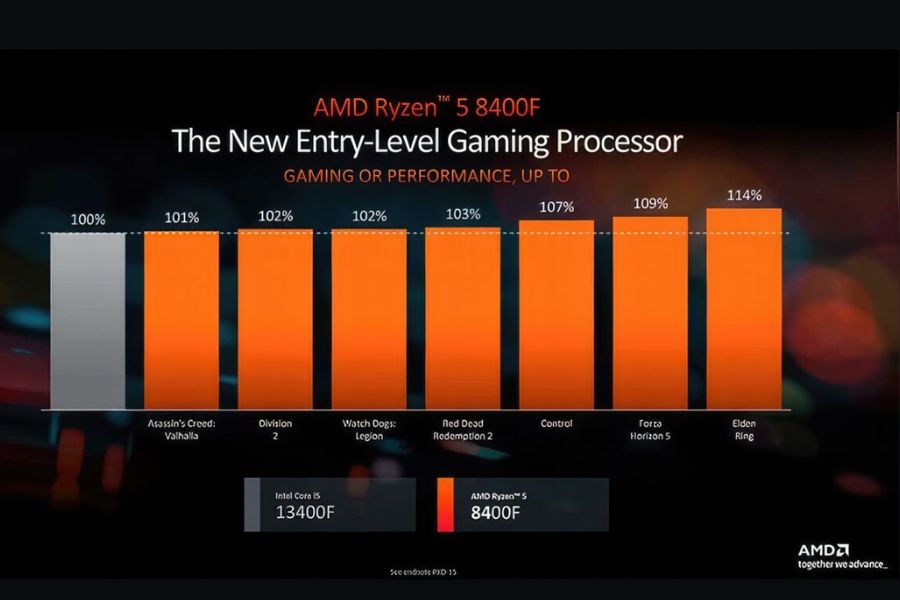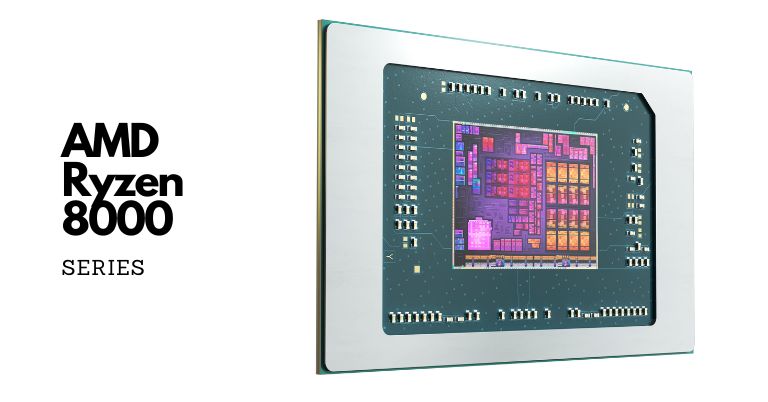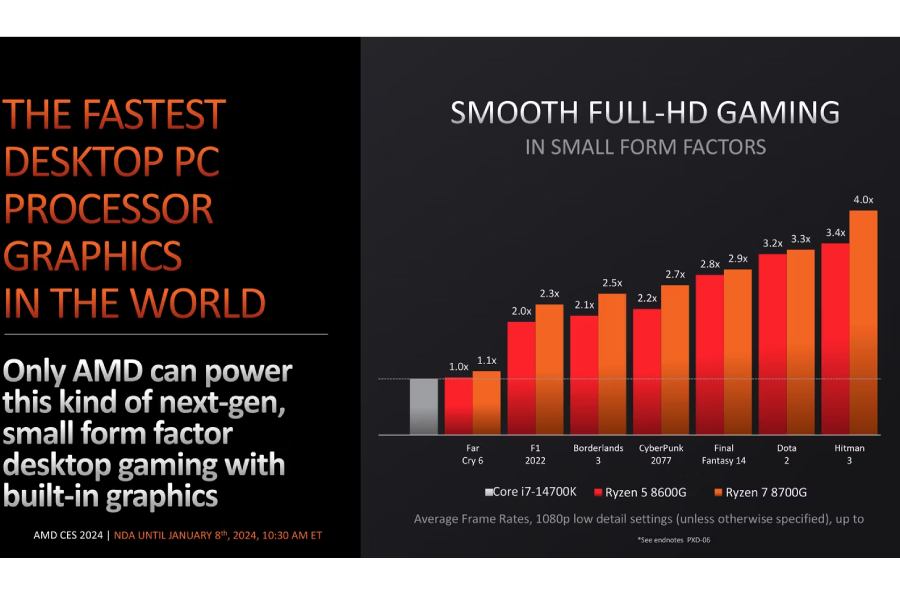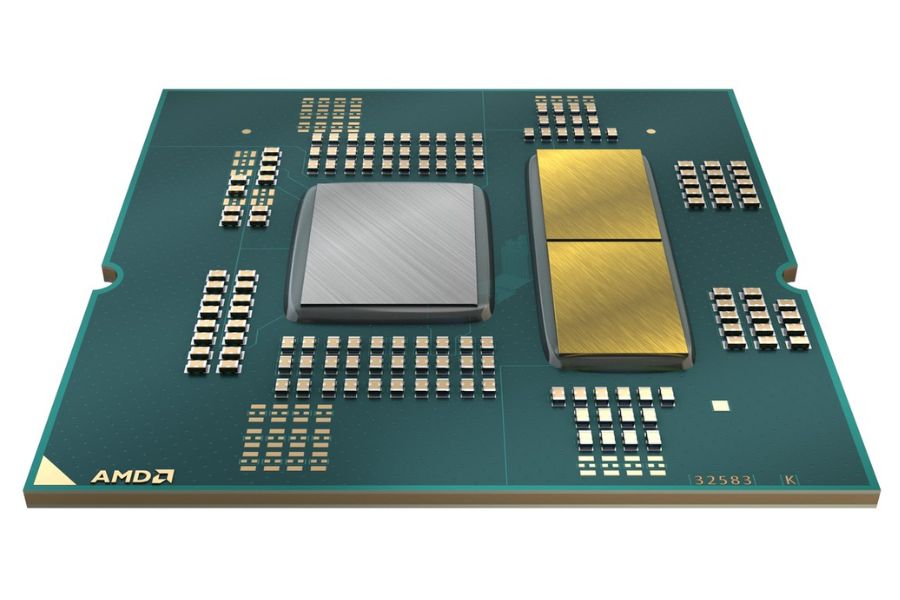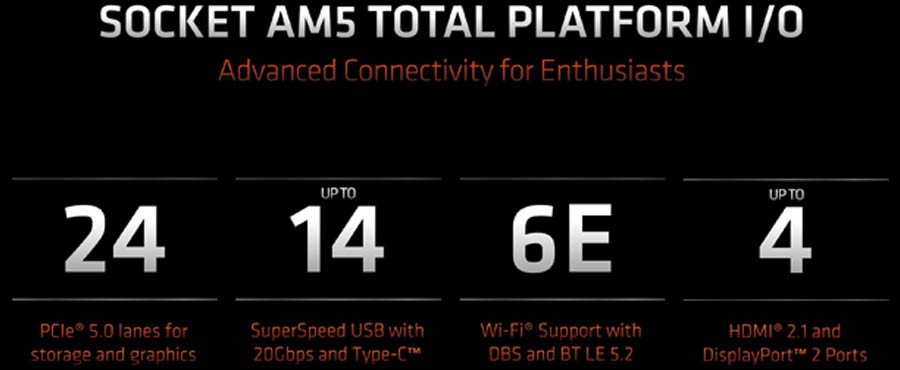With the gradual demise of wired earphones, the wireless earbuds industry is gaining more traction than ever. Customers have so many options to choose from and more companies are making their entries on the list on a regular basis. Thankfully, Nepalese buyers have plenty of great options to choose from as well, ranging from a couple of thousand rupees to nearly twenty times that. And in this list, we’ve compiled the best wireless earbuds you can buy in Nepal ranging from Rs. 2,000 to Rs. 50,000. Let’s begin.
Best wireless earbuds in Nepal (Summary)
| Product |
Price (NPR) |
| Kick Phantom Buds X |
2,399 |
| Redmi Buds 5A |
2,499 |
| Anker Soundcore P20i |
3,199 |
| OnePlus Nord Buds 3 |
4,499 |
| Anker Soundcore R50i NC |
4,999 |
| OnePlus Nord Buds 3 Pro |
5,949 |
| Samsung Galaxy Buds Core |
7,399 |
| CMF Buds 2 Plus |
8,999 |
| Anker Soundcore Liberty 4 NC |
11,499 |
| OnePlus Buds 4 |
11,999 |
| Samsung Galaxy Buds FE |
14,999 |
| Anker Soundcore Liberty 4 |
19,999 |
| Samsung Galaxy Buds 3 |
23,999 |
| Huawei FreeBuds 5 |
24,990 |
| Apple AirPods 4 |
24,999 |
| Samsung Galaxy Buds 3 Pro |
32,999 |
| Apple AirPods Pro (2nd Gen) |
41,000 |
| Sony WF-1000XM5 |
44,999 |
Check the Complete List of Earbuds Price in Nepal here
Under NPR 2,000
Kick Phantom Buds X
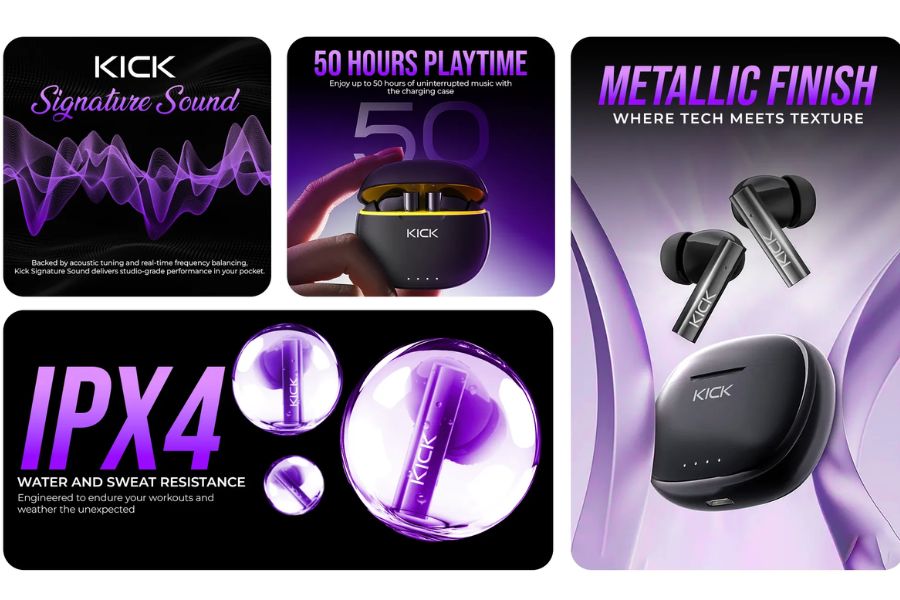
Okay, so this is where things get interesting. Kick Phantom Buds X pack 37dB Pro ANC and quad mic AI ENC with 13mm drivers, which sounds impressive on paper. For a local Nepali brand, they’re trying hard to compete with the big names. The build quality feels surprisingly solid for the price. These come with what they call “Spark Charge Technology,” though honestly, that’s just marketing speak for fast charging. One thing that caught my attention was the fact that they claim 70-hour battery life, which seems ridiculous. In reality, you’re looking at maybe 5-6 hours per charge with ANC on, and the case adds another 20-25 hours. Still decent for the price point.
Specifications
- Design: In-ear with stem design
- Weight: 4.5g per earbud
- Sound Driver: 13mm dynamic drivers
- Frequency Response: 20Hz – 20kHz
- Playback: 6 hours + 24 hours with case (ANC off)
- Charging: USB-C, fast charging support
- Connectivity: Bluetooth 5.3
- Noise Cancellation: 37dB Pro ANC
- Other Features: Quad mic AI ENC, IPX4 water resistance
- Color Options: Black, White
- Price in Nepal: NPR 2,399
- Buy Here
Under NPR 2500
Redmi Buds 5A
Redmi is a very popular brand that sells everything from wireless earbuds to phones, speakers, and powerbanks. And the Redmi Buds 5A is a decent pair of budget TWS earbuds. And you’ll find touch controls on either earbud for playback control as well.

As for the audio quality itself, the Earbuds use 12mm dynamic drivers, and we found its audio quality to be quite decent in terms of bass and mid frequencies like vocals. For a budget pair of wireless earbuds, its sound signature isn’t half bad. These earbuds impress on the battery front too. Redmi says you can expect up to 5 hours of music playback on a full charge—or up to 50 hours with the case. Likewise, it is also IPX4 rated against splash damage.
Redmi Buds 5A Specifications:
- Weight: 3.6 gm (buds) / 41.2 gm (case, without buds)
- Sound Driver: 12mm driver
- Audio Codecs: SBC
- Battery: 5 hours (earbuds, ANC), 30 hours (with case, ANC off)
- Charging: Via USB-C port
- Water Resistance: IPX4 splash resistant (earbuds only)
- Connectivity: Bluetooth 5.4
- Control: Touch (customizable)
- Noise Cancellation: Yes (ANC with Transparency mode)
- Color Options: White, Black
- Companion App: Xiaomi Earbuds (Android | iOS)
- Other Features: 60ms latency,
- Price in Nepal: Rs. 2,499
- Buy Here
Under NPR 3,000
Soundcore P20i

Anker’s budget offering here is where things start getting serious. The P20i doesn’t have ANC, but the passive noise isolation is surprisingly good. What you’re paying for is Anker’s tuning expertise – these sound way better than their price suggests. The bass response is punchy without being overwhelming. Mids are clear enough for podcasts and calls. The highs don’t get harsh, which is rare in this price range. Battery life sits around 10 hours per charge, with the case adding another 20. Build quality is typical Anker – nothing flashy, but they’ll survive being tossed in your bag daily.
- Design: Compact oval-shaped case, lightweight earbuds
- Weight: 5.2g per earbud
- Sound Driver: 10mm Bio-cellulose drivers
- Frequency Response: 20Hz – 20kHz
- Playback: 10 hours + 20 hours with case
- Charging: USB-C, fast charging (10 mins = 2 hours)
- Connectivity: Bluetooth 5.3
- Noise Cancellation: Passive noise isolation only
- Other Features: BassUp technology, Soundcore app support
- Color Options: Black, White, Pink, Blue
- Price in Nepal: NPR 3,199*
- Buy Here
Under NPR 4,500
OnePlus Nord Buds 3
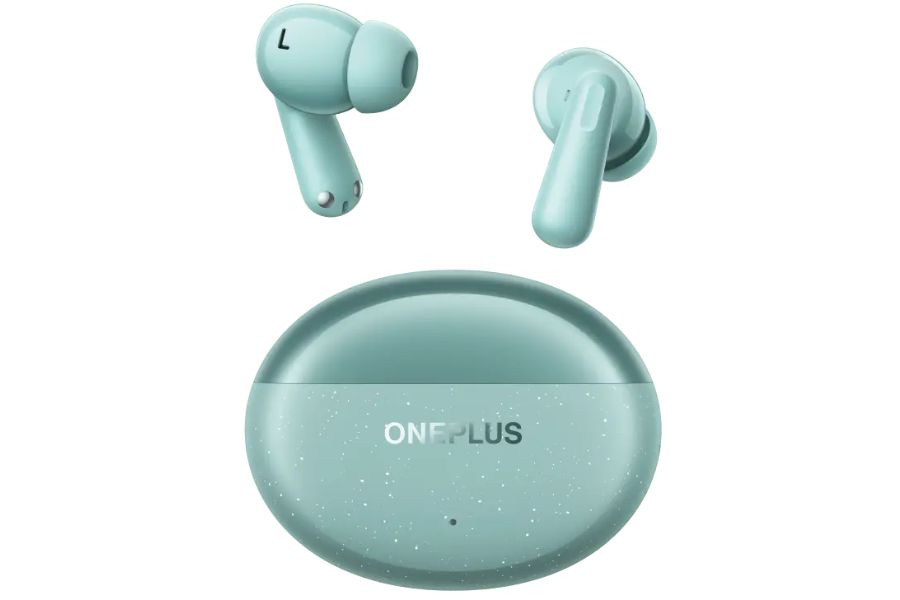
OnePlus stepped up their game with the Nord Buds 3. The sound profile is more balanced than previous Nord earbuds. They’ve ditched the overly bass-heavy tuning for something more neutral. The case is compact, fits easily in your pocket. Connection stability is rock solid – I haven’t had a single dropout in weeks of testing. Fast Pair with Android devices works flawlessly. Where they shine is call quality. The microphone setup handles wind noise well, which matters if you take calls while walking around Thamel.
- Design: Stem-style design with compact case
- Weight: 4.9g per earbud
- Sound Driver: 12.4mm dynamic drivers
- Frequency Response: 20Hz – 20kHz
- Playback: 7 hours + 28 hours with case
- Charging: USB-C, fast charging (10 mins = 5 hours)
- Connectivity: Bluetooth 5.3, Google Fast Pair
- Noise Cancellation: Environmental Noise Cancellation (ENC)
- Other Features: IP55 water resistance, OxygenOS integration
- Color Options: Harmonic Gray, Melodic White
- Price in Nepal: NPR 4,499
- Buy Here
Under 5000
Anker Soundcore Life R50i NC
The Soundcore R50i NC from Anker is next on our list of the best wireless earbuds in Nepal. Coming in two color options–Black and White, the R50i is IPX5-rated against sweat and minor water splashes. You also get a lanyard on the case for convenience.

Firing the audio is the big 10mm drivers tuned with Anker’s signature sound. You get to choose between 22 EQ profiles in the SoundCore App. Likewise, the brand claims up to 10 hours of battery backup on a single charge on the R50i. the term NC stands here for Noise Cancellation, with the earbuds featuring ANC up to 42dB.
Anker Soundcore R50i NC Specifications:
- Driver: 10mm drivers with BassUp technology
- Connectivity: Wireless (Bluetooth v5.3, 10 meters range)
- Frequency response: 20Hz – 20kHz
- Battery Life: 10 hours (single charge), 45 hours (with charging case)
- Charging time: 2 hours of playback with 10 minutes of charging
- IP rating: IPX5, sweat resistant
- Power case charger: Type-C
- Noise Cancellation: ANC
- Companion App: Soundcore (Android / iOS)
- Extra: Game Mode
- Price in Nepal: Rs. 4,999
- Buy Here
Under 6000
OnePlus Nord Buds 3 Pro
Moving on, the next contender in the list is the OnePlus Nord Buds 3 Pro. These earbuds with 12.4mm Titanized Diaphragm Drivers prioritize delivering deep, powerful bass for your music. It covers a wide frequency range from 20Hz to 20kHz. You get three microphones on each earbud. While the support of SBC and AAC audio codecs, it’s worth noting that active noise cancellation (ANC) is also included in this model with up to 49dB of Noise Cancellation.
- Meanwhile, check out all the prices and availability of Apple AirPods here

In terms of design and functionality, the Nord Buds 3 Pro comes with app support, including OnePlus Fast Pair, Google Fast Pair, Sound Master Equalizer, and Dirac Sound Tuning. OnePlus claims that these buds offer up to 11 hours of battery life from a 36mAh battery, with a total of 44 hours of playback time with ANC Off. Additionally, they boast an IP55 rating, making them resistant to dust and water splashes.
OnePlus Nord Buds 3 Pro Specifications:
-
- Driver: 12.4mm dynamic driver
- Audio Codecs: AAC, SBC
- Frequency Response: 20Hz – 20kHz
- Connectivity: Bluetooth 5.4
- Battery: 58mAh (each earbud), 440mAh (case)
- Music Time: 8 hours (earbuds), 38 hours (with charging case)
- Charging: Wired (USB-C)
- Controls: Touch
- Active Noise Cancellation: Yes, up to 49dB
- IP Rating: Yes (IP55 dust and splash resistant, earbuds only)
- Color: Starry Black, Soft Jade
- Companion App: HeyMelody (Android | iOS)
- Price in Nepal: Rs. 5,949
- Buy Here
Under NPR 7,500
Samsung Galaxy Buds Core
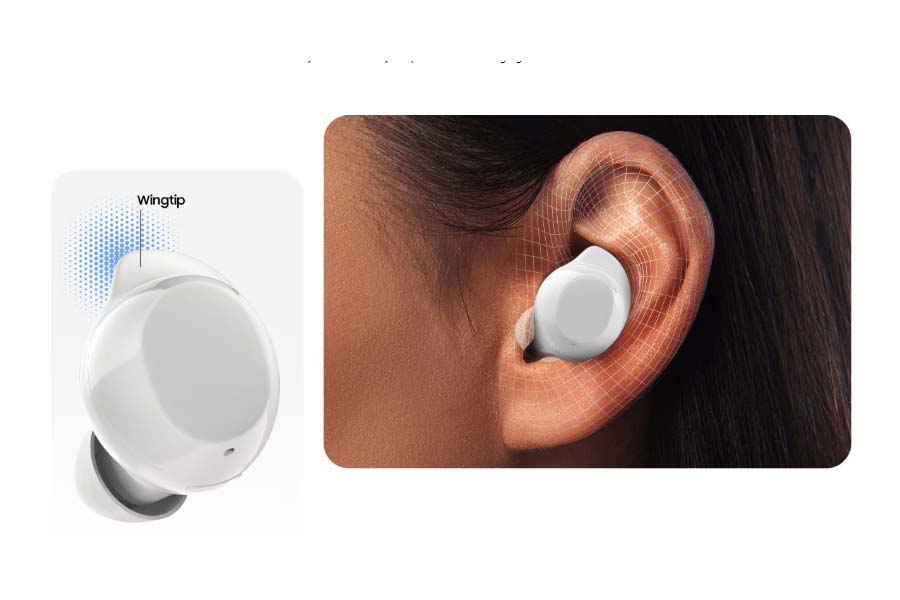
Samsung’s entry-level Galaxy Buds are interesting because they strip away features to focus on sound quality. No ANC, no fancy spatial audio – just solid tuning and Samsung’s ecosystem integration. If you’re using a Samsung phone, these integrate beautifully. Quick switching between devices, seamless pairing, and the Galaxy Wearable app offers extensive customization. Sound-wise, they lean slightly warm but maintain good clarity. The fit is comfortable for extended wear.
- Design: Compact bean-shaped design
- Weight: 5.0g per earbud
- Sound Driver: 6.5mm dynamic drivers + 5.4mm tweeter
- Frequency Response: 20Hz – 20kHz
- Playback: 8 hours + 21 hours with case
- Charging: USB-C, wireless charging (Qi)
- Connectivity: Bluetooth 5.3, Samsung Seamless Codec
- Noise Cancellation: Passive noise isolation only
- Other Features: Galaxy Wearable app, Bixby integration, 360 Audio
- Color Options: Cream, Navy, Silver
- Price in Nepal: NPR 7,399
- Buy Here
Under NPR 8,500
CMF Buds 2 Plus
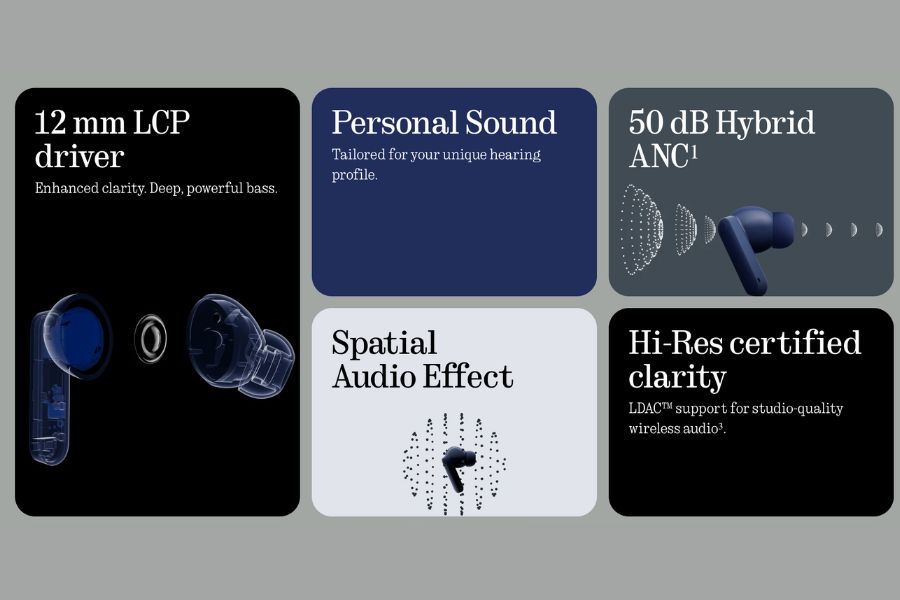
Nothing’s sub-brand brings some interesting design ideas to the table. The case has this unique dial interface that’s surprisingly intuitive once you get used to it. Sound quality is solid – neutral tuning with good detail retrieval. The ANC is decent, though not groundbreaking. What sets them apart is the design language and build quality that feels more premium than the price suggests. Battery life is competitive, and the fast charging actually lives up to its claims.
- Design: Unique dial interface case, ergonomic earbuds
- Weight: 4.6g per earbud
- Sound Driver: 11mm dynamic drivers
- Frequency Response: 20Hz – 20kHz
- Playback: 9 hours + 36 hours with case
- Charging: USB-C, fast charging (15 mins = 3 hours)
- Connectivity: Bluetooth 5.3, dual device connection
- Noise Cancellation: Hybrid ANC up to 45dB
- Other Features: Nothing X app, Ultra Bass technology, IP54
- Color Options: Orange, Dark Gray, Light Gray
- Price in Nepal: NPR 8,999
- Buy Here
Under NPR 10,000
Soundcore Liberty 4 NC

Now we’re getting into serious territory. The Liberty 4 NC brings adaptive ANC that actually adapts to your environment. The sound quality is a significant step up – these compete with earbuds costing twice as much. The app ecosystem is robust, with detailed EQ options and personalized sound profiles. LDAC support means high-quality audio if you’re streaming from compatible sources. Build quality is excellent, and the case supports wireless charging. These feel like premium earbuds.
Specifications
- Design: Premium stem design with aluminum accents
- Weight: 6.2g per earbud
- Sound Driver: 11mm custom drivers
- Frequency Response: 20Hz – 40kHz
- Playback: 10 hours + 40 hours with case (ANC off)
- Charging: USB-C, wireless charging (Qi), fast charging
- Connectivity: Bluetooth 5.3, LDAC, multipoint connection
- Noise Cancellation: Adaptive ANC 2.0 up to 98.5% noise reduction
- Other Features: Soundcore app, HearID sound personalization, 6 mics
- Color Options: Navy Blue, Cloud White, Midnight Black, Sky Blue
- Price in Nepal: NPR 11,499*
- Buy Here
Under NPR 12,000
OnePlus Buds 4

OnePlus finally nailed it with the Buds 4. The sound signature is mature and balanced. ANC performance rivals much more expensive options. The spatial audio implementation is actually useful, not just a marketing checkbox. Fast charging is impressive – 10 minutes gets you 3 hours of playbook. The case is compact despite packing a large battery. Integration with OnePlus phones is seamless, but they work well with any Android device.
- Design: Premium ceramic-inspired design
- Weight: 4.5g per earbud
- Sound Driver: 11mm dynamic drivers with titanium coating
- Frequency Response: 20Hz – 40kHz
- Playback: 8 hours + 32 hours with case (ANC off)
- Charging: USB-C, fast charging (10 mins = 7 hours)
- Connectivity: Bluetooth 5.4, Google Fast Pair, LHDC 5.0
- Noise Cancellation: Smart Adaptive ANC up to 50dB
- Other Features: Spatial audio with head tracking, IP55, OxygenOS integration
- Color Options: Glacial White, Obsidian Black
- Price in Nepal: NPR 11,999
- Buy Here
Under 15000
Samsung Galaxy Buds FE
Samsung launched the Galaxy Buds FE alongside the Galaxy S23 FE and Galaxy Tab S9 FE series back in 2023. The FE edition earbuds feature a wingtip design inspired by the original Galaxy Buds, promising a secure and comfortable fit. Each bud weighs 5.60 grams, and the squircle-shaped charging case weighs 40 grams. The Galaxy Buds FE comes in Graphite and Mystic White color options.

In terms of audio, the Galaxy Buds FE supports Bluetooth 5.2 and Samsung’s Scalable codec, AAC, and SBC. They feature active noise cancellation, Bixby Voice wake-up, and a Lost and Found feature, with further customization available via the Galaxy Wearable app. The 60 mAh battery in the earbuds provides 6 hours of playback with ANC, and 8.5 hours without, while the 479 mAh case extends total playback to 21 or 30 hours depending on ANC use.
Samsung Galaxy Buds FE Specifications:
- Design: Wingtip design
- Dimensions: 17.10 x 19.20 x 22.20 mm (Earbuds), 50.00 x 27.70 x 50.00 mm (Case)
- Weight: 5.60 grams (Earbuds), 40.00 grams (Case)
- Speaker: One-way speaker
- Microphone: Triple mic (2 outer + 1 inner)
- Audio Codec: Scalable, AAC, SBC
- Noise Cancellation: Active Noise Cancellation (ANC)
- Battery: 60 mAh (Earbuds), 479 mAh (Case)
- Playback: Up to 30 hours (ANC off + with case)
- Sensors: Proximity sensor, Hall sensor, Touch sensor
- Connectivity: Bluetooth v5.2 with Auto Switch
- Compatibility: Android 8.0+ with 1.5GB+ RAM or Windows
- Companion App: Galaxy Wearable
- Color Options: Graphite, and Mystic White
- Price in Nepal: NPR 14,999
- Buy Here
Under 20000
Anker Soundcore Liberty 4
Next up is the Anker Soundcore Liberty 4. These are the company’s flagship pair of wireless earbuds with almost all the premium features you could expect. It is energized with an ACAA™️ coaxial dynamic driver with support for spatial audio. You get Hi-Res streaming, as it supports LDAC codec besides the standard AAC and SBC.
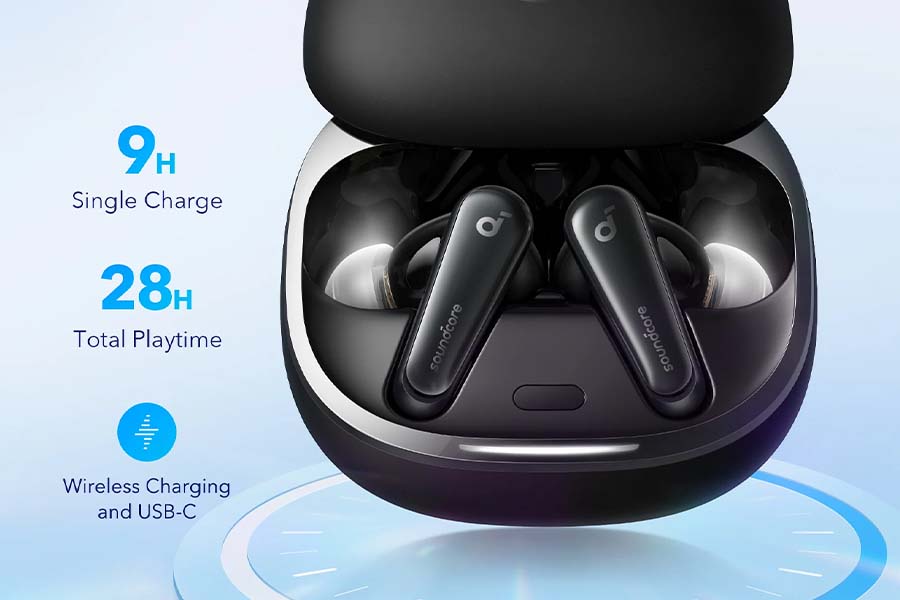
Liberty 4 also features a personalized “HearID Sound” feature that analyzes in-ear pressure and noise moves for a custom noise canceling (ANC) and audio experience. Likewise, the buds can track your heart rate as well.
It is also among the very few entries on our list of best wireless earbuds in Nepal that support multipoint connectivity. That means you can pair the Liberty 4 with two Bluetooth devices at the same time, and switch between them seamlessly. These earbuds have an incredible 9 hours of battery life with ANC off—or 2 hours more with noise cancellation turned off.
Anker Soundcore Liberty 4 Specifications:
- Sound Driver: ACAA™️ coaxial dynamic driver
- Audio Codecs: AAC, SBC, LDAC
- Battery: 9 hours (earbuds, ANC off), 28 hours (with case)
- Charging: Via USB-C port, Qi wireless charging
- Water Resistance: IPX4 splash resistant (earbuds only)
- Connectivity: Bluetooth 5.2, Multipoint Connectivity
- Control: Touch (customizable)
- Noise Cancellation: Yes (ANC)
- Companion App: Soundcore (Android | iOS)
- Other Features: HearID, Transparency Mode, Spatial Audio
- Price in Nepal: Rs. 19,999
- Buy Here
Under 25000
Samsung Galaxy Buds 3
Samsung introduced the Galaxy Buds3 in Nepal, bringing a fresh design and enhanced features. These new earbuds adopt a cuboid stemmed design with a semi-in-ear fitting, optimizing sound output based on the user’s ear shape and wearing habits. The transparent-lid charging case features an “Open-type” design, and the buds are IP57-rated for durability. Available in Silver and White, they offer a sleek and practical design for everyday use.

The Galaxy Buds3 comes with 11mm dynamic speakers, providing high-quality sound, and three microphones on each bud for noise cancellation and call clarity. While they lack Ambient mode, the buds support Active Noise Cancellation (ANC) and Samsung’s Seamless Codec for 24bit/96kHz audio. They also feature 360 Audio when paired with select Samsung devices, delivering an immersive experience. Integration with Galaxy AI enhances ANC, and equalizer settings, and introduces features like an interpreter tool for real-time translation.
These earbuds use Bluetooth v5.4 and pack a 48mAh battery in each bud and a 515mAh battery in the case. Users can enjoy up to 6 hours of playtime (30 hours with the case) without ANC, and 5 hours (24 hours with the case) with ANC on. The buds support both USB Type-C and wireless charging and come equipped with touch and voice controls, Auto Switch for multi-device pairing, Auracast, and Samsung Find integration.
Samsung Galaxy Buds 3 Specifications:
- Design: In-ear fit, squircle case, IP54 (Buds) and IP55 (Case) rating
- Sound Driver: 11 mm dynamic drivers
- Noise Cancellation: Up to 45 dB, 3 levels of ANC, Adaptive ANC + Clear Voice Technology with 3 mics
- Battery: 46 mAh (Buds), 500 mAh (Case)
- Playback (ANC Off): Up to 8.5 hours (Buds), up to 40.5 hours (Case)
- Charging: Via USB Type-C, 10 hours with 10 minutes charge, 2.5W wireless charging
- Connectivity: Bluetooth v5.3
- Codecs: SBC, AAC, LDAC, LHDC 5.0
- Compatibility: Android 5.1+ or iOS 11+
- Companion App: Nothing X (Android | iOS)
- Features: In-ear detection, Google Fast Pair, Microsoft Swift Pair, Dual connection, Low Lag Mode with up to 120ms latency
- Color Options: White, Black
- Price in Nepal: Rs. 23,999
- Buy Here
Huawei Freebuds 5
Huawei launched the FreeBuds 5 TWS earbuds in Nepal this Dashain, boasting a unique curved design inspired by “Rupert’s Tears.” These semi-in-ear earbuds have a fatter stem and a water droplet-shaped earpiece, providing an ergonomic fit with an IP54 rating for dust and water resistance. Available in Ceramic White, Coral Orange, and Frost Silver, the earbuds weigh just 5.4 grams.

In terms of audio, the FreeBuds 5 houses 11mm drivers and features a dual magnetic circuit architecture for enhanced bass. They support L2HC and LDAC codecs, hybrid active noise cancellation, and spatial audio modes for an immersive experience. With Bluetooth 5.2, the earbuds offer multi-device connection, low latency mode, and touch controls. The 42mAh battery in each earbud delivers up to 5 hours of playback, with fast charging providing 3.5 hours in just 20 minutes.
Huawei FreeBuds 5 Specifications:
- Weight: 5.4 gm (each bud), 43 gm (charging case)
- Drivers: 11 mm
- IP rating: Yes, IP54 (Earbuds only)
- Connectivity: Bluetooth 5.2 (multi-device connection)
- Audio: Triple-microphone, hybrid active noise cancellation
- Control: Touch gestures (double tap/long press/swipe)
- Charging Interface: USB Type-C
- Battery & Charging: Single charge – up to 3.5 hours (with ANC), up to 5 hours (without), with case – up to 30 hours
- Color Options: Ceramic White, Frost Silver, Coral Orange
- Price in Nepal: NPR 24,990
- Buy Here
Apple AirPods 4
Apple AirPods 4 are the entry point to Apple’s ecosystem. Sound quality is good, integration with iPhones is seamless, but they lack ANC at this price point. The open design means no noise isolation, which is fine for some situations but limits their versatility. Sound quality is typical Apple – balanced, maybe slightly bright. If you’re deep in the Apple ecosystem, these make sense. Otherwise, you’re paying a premium for the brand and ecosystem integration.
Specifications
- Design: Classic open-ear design, no silicone tips
- Weight: 4.3g per earbud
- Sound Driver: Custom Apple H2 chip drivers
- Frequency Response: Not disclosed
- Playback: 5 hours + 25 hours with case
- Charging: USB-C, wireless charging (Qi), MagSafe
- Connectivity: Bluetooth 5.3, Apple H2 chip
- Noise Cancellation: No ANC (open design)
- Other Features: Spatial Audio, Siri integration, Find My support
- Color Options: White only
- Price in Nepal: NPR 24,999
- Buy Here
The Flagship Tier: When Money Isn’t the Issue
Galaxy Buds 3 Pro
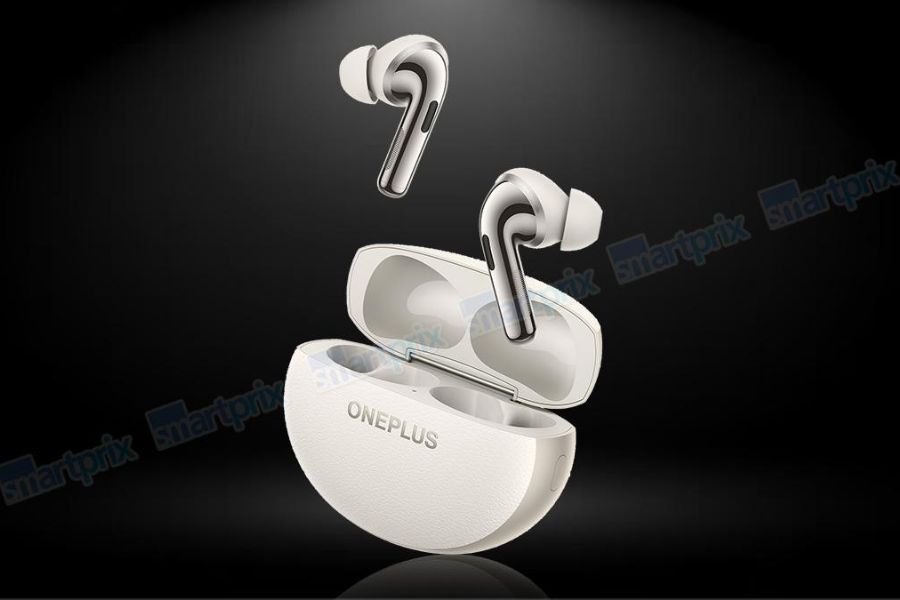
Galaxy Buds 3 Pro bring Samsung’s best ANC and sound quality. The blade design isn’t for everyone, but the performance is undeniable. The dual driver setup (dynamic + planar) delivers impressive detail and separation. ANC performance finally matches the best from Apple and Sony. The Galaxy AI integration actually adds useful features, not just marketing fluff. Build quality feels premium, and the IP57 rating means they can handle workouts and rain without issues.
- Design: Premium stem design with LED indicators
- Weight: 5.4g per earbud
- Sound Driver: 10.5mm dynamic + 6.1mm planar drivers
- Frequency Response: 20Hz – 20kHz
- Playback: 7 hours + 26 hours with case (ANC on)
- Charging: USB-C, wireless charging (Qi), fast charging
- Connectivity: Bluetooth 5.4, Samsung Seamless Codec
- Noise Cancellation: Adaptive ANC with Ambient Sound
- Other Features: 360 Audio with head tracking, Galaxy AI, IP57
- Color Options: Silver, White
- Price in Nepal: NPR 32,999
- Buy Here
Apple AirPods Pro (2nd Generation)
Okay, the final entry on our list of best wireless earbuds in Nepal is Apple’s new 2nd Generation AirPods Pro. These guys build on the incredible legacy of the original AirPods Pro with some meaningful upgrades here and there. It is powered by the new H2 chip, which promises up to 2x better ANC performance. Now, we couldn’t quantify those claims in any way, but the AirPods Pro (2nd Generation) is really great at cutting out most of the ambient sound.
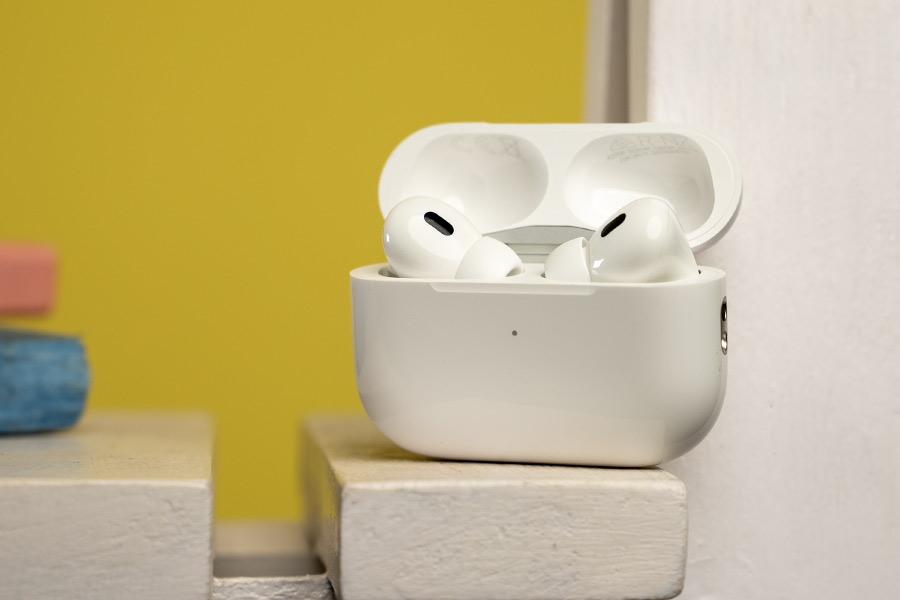
Likewise, Apple continues its dominance with how it implements the transparency mode as well. It sounds so natural that you’ll forget you have earbuds on in the first place. And this time, these earbuds also have something called “Adaptive Transparency Mode”. This basically drowns out any sudden ambient noise in real time to prevent your ears from particularly loud noises.
The audio side of things also gets some upgrades here. Its sound response is really balanced across all frequencies, so you’ll have a great time listening to all genres of music here. The call quality is equally impressive here and Apple has also upped the battery life on the 2nd Gen AirPods Pro. Unfortunately, it still uses a Lightning connector for charging—although you do have Qi and MagSafe wireless charging options. Oh, and the charging case also has a U1 ultra-wideband chip to help remotely locate it more easily.
Apple AirPods Pro (2nd Generation) Specifications:
- Weight: 5.3 gm (buds) / 50.8 gm (case with buds)
- Sound Driver: Custom high dynamic range amplifier, 11mm custom high-excursion Apple driver (H2 chip)
- Audio Codecs: AAC, SBC
- Battery: 6 hours (earbuds, ANC), 30 hours (with case)
- Charging: Via Lightning port, MagSafe / Qi wireless charging
- Water Resistance: IPX4 splash resistant (earbuds and case)
- Connectivity: Bluetooth 5.3
- Control: Press (customizable)
- Noise Cancellation: Yes (ANC with Adaptive Transparency Mode)
- Color Options: White
- Companion App: No
- Other Features: Personalized Spatial Audio, Adaptive EQ, Find My
- Price in Nepal: Rs. 41,000
- Buy Here
Sony WF-1000XM5
Sony is incredibly famous for its audio products, and the newly launched WF-1000XM5 is easily among the best pair of wireless earbuds you could find. Compared to its predecessor—the Sony WF-1000XM4—it brings an identical design but it has got rid of the edges. It is now 25% smaller and 20% lighter as well.
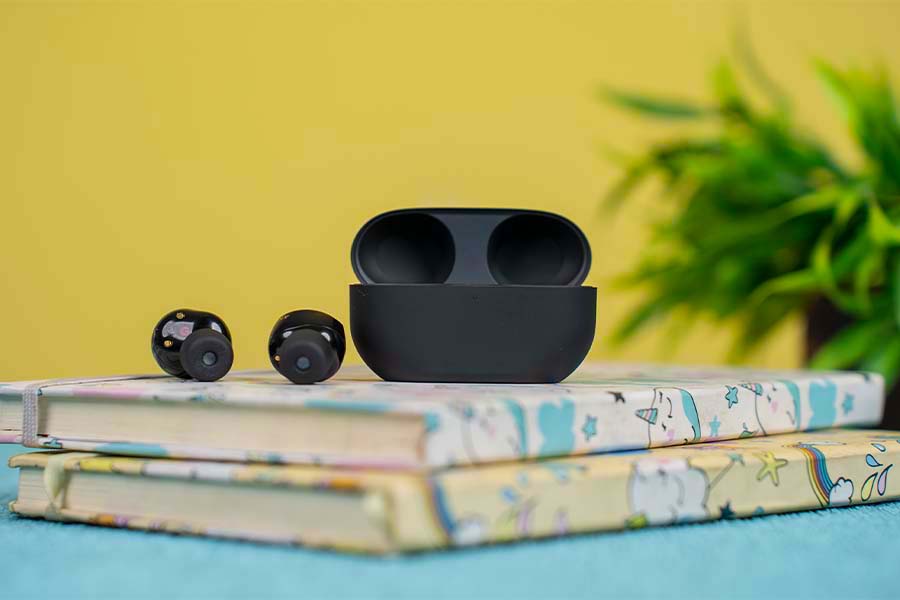
To ensure a secure fit, Sony has also used foam ear tips this time; instead of regular silicone ear tips. And although I wouldn’t call these suitable for gyms or anything, Sony has included an IPX4 splash resistance on these earbuds. So it should easily survive against sweat or light water splashes.
As for the audio quality itself, the WF-1000XM5 features a new 8.4mm driver. It can even stream Hi-Res audio via Sony’s own LDAC codec, so if your ears can actually discern such high fidelity, you’re going to absolutely love these. Besides, the WF-1000XM5 also brings more effective ANC (while consuming less power) and up to 8 hours of playback with ANC.
Sony WF-1000XM5 Specifications:
- Weight: 5.9 gm (buds) / 39 gm (case, without buds)
- Sound Driver: 8.4mm driver
- Audio Codecs: AAC, SBC, LDAC, LC3
- Battery: 8 hours (earbuds, ANC), 36 hours (with case, ANC off)
- Charging: Via USB-C port, Qi wireless charging
- Water Resistance: IPX4 splash resistant (earbuds only)
- Connectivity: Bluetooth 5.3
- Control: Touch (customizable)
- Noise Cancellation: Yes (ANC with Transparency mode)
- Color Options: White, Black
- Companion App: Sony | Headphones Connect (Android | iOS)
- Other Features: Memory foam tips, 360 Reality Audio
- Price in Nepal: Rs. 44,999
- Read our review of Sony WF-1000XM5 here
- Buy Here
Do you agree with our list of the best wireless earbuds in Nepal? Comment down below which wireless earbuds you think are the best ones available in Nepal.
![]()
![]()


![Best Wireless Earbuds At Every Price Range In Nepal [Updated] Best Wireless Earbuds At Every Price Range In Nepal [Updated]](https://cdn.gadgetbytenepal.com/wp-content/uploads/2022/09/Best-Wireless-Earbuds-in-Nepal-2023.jpg)







































































